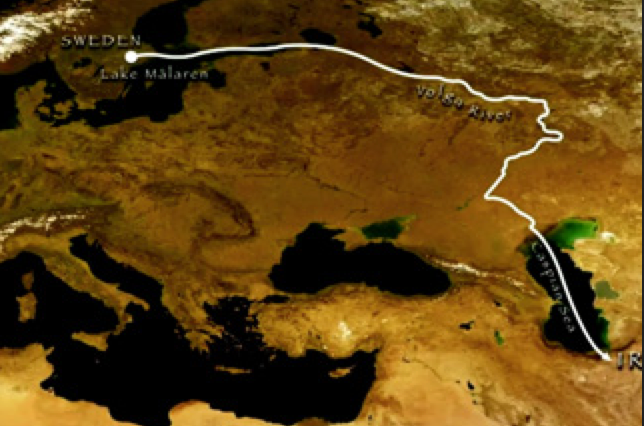Lost in a SOG
GrassSnakeGenetics
Hmm interesting concept. The books ive read they say the body does extract certain harsh chemicals that are detoxified by the liver and that the majority of the muscaric acid is excreted through the urine because as you say it gets excreted as fast as possible.
Its a bit confusing that people would ever drink the urine just to make it go further because you can dry them and they last for ages and you can extract them fairly easily.
Its a bit confusing that people would ever drink the urine just to make it go further because you can dry them and they last for ages and you can extract them fairly easily.





/lanse_aux_meadows-5b5e04a946e0fb00507af979.jpg)

